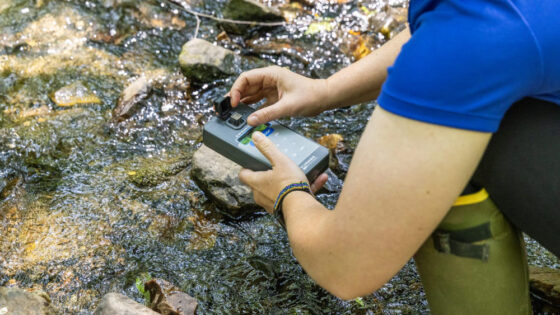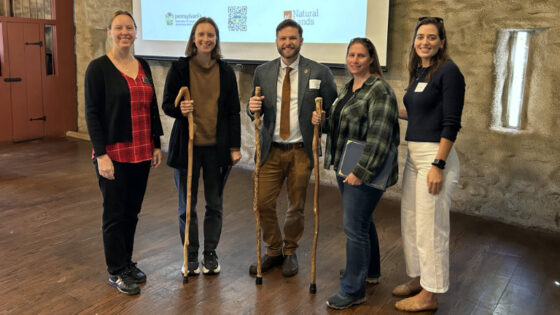
By John Jackson, Ph.D.
Temperature is a frequent topic in our daily news — from yesterday’s conditions to the weekend forecast. It’s also a key concern for scientists like me who are seeking to understand how it impacts fish and other animals living in streams.
Lately, we’ve seen record heat lasting days, weeks, months, and even years. But it wasn’t always like this. What most people do not realize is that daily, seasonal, and annual temperatures have been relatively predictable for thousands of years, allowing species on land and in water to evolve slowly over time and thrive based on local conditions.
In the environment, temperature affects chemical and physiological processes that impact the survival and reproductive success of plants and animals. This can define, at least in part, where species are found, how they assemble into communities, and their roles in an ecosystem.
Did You Know?
Ninety-nine percent of all animal species on Earth are cold-blooded. Their body temperature is controlled primarily by the temperature around them. This includes freshwater and marine fish, aquatic and terrestrial insects, many other macroinvertebrates, frogs, lizards, and snakes. When their world warms, they warm, and when it cools, they cool.
Water Temperature and Mayflies
Life on Earth, including in streams, isn’t always best suited for the temperature extremes we are now experiencing. Decades of research conducted by scientists at Stroud Water Research Center highlight the relationship between water temperature and mayflies, which are among the most sensitive and reliable indicators of stream health.
Mayfly species in temperate regions can tolerate a relatively broad range of temperatures, but they have a breaking point. When the temperature is too high, mayfly survivorship drops from nearly 100% to zero.
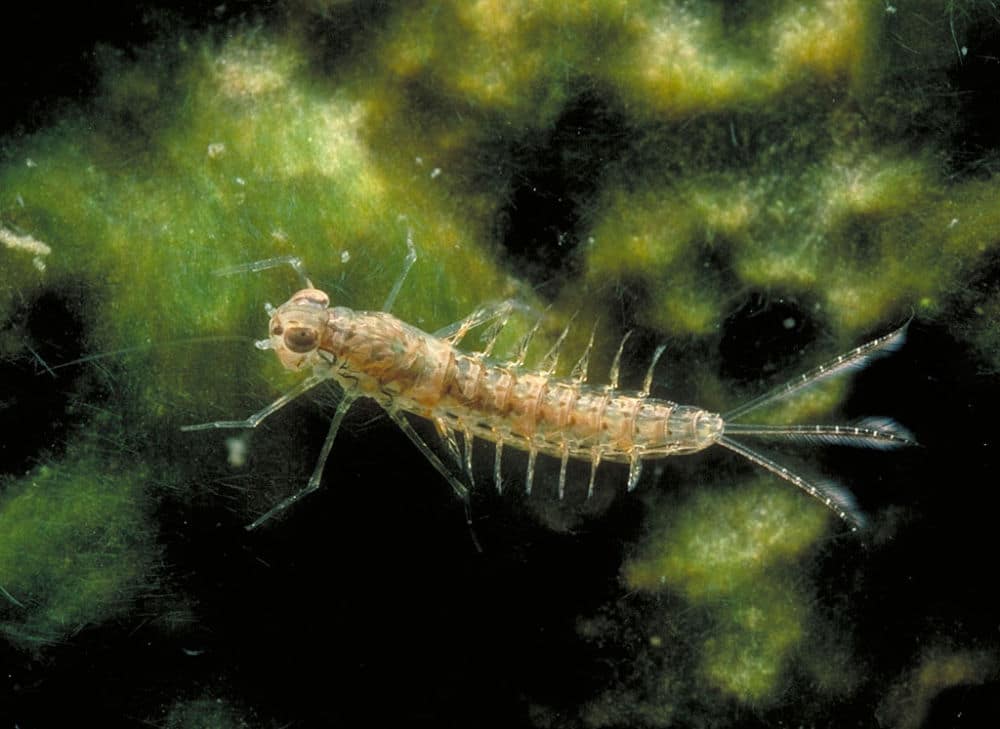
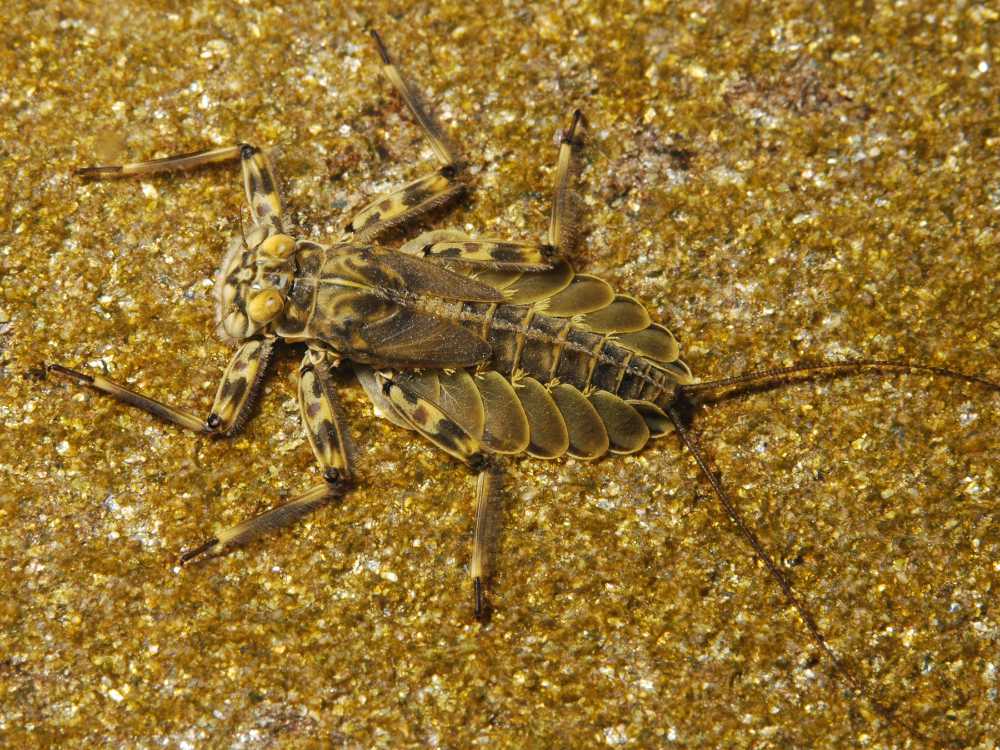
We’ve also found that as water temperature rises, the time needed for mayflies to fully develop can decrease by as much as three times while their growth rate increases. As a result, mayflies mature into smaller adults that produce fewer eggs. The difference can be significant. At 14 degrees Celsius, one mayfly might produce 1,200 eggs. Increase the temperature by 10 degrees, and she may produce only 400 eggs. If a stream is a little bit warmer yet, the adult female is so small that she has no eggs at all, presumably because she did not have enough energy to produce them.
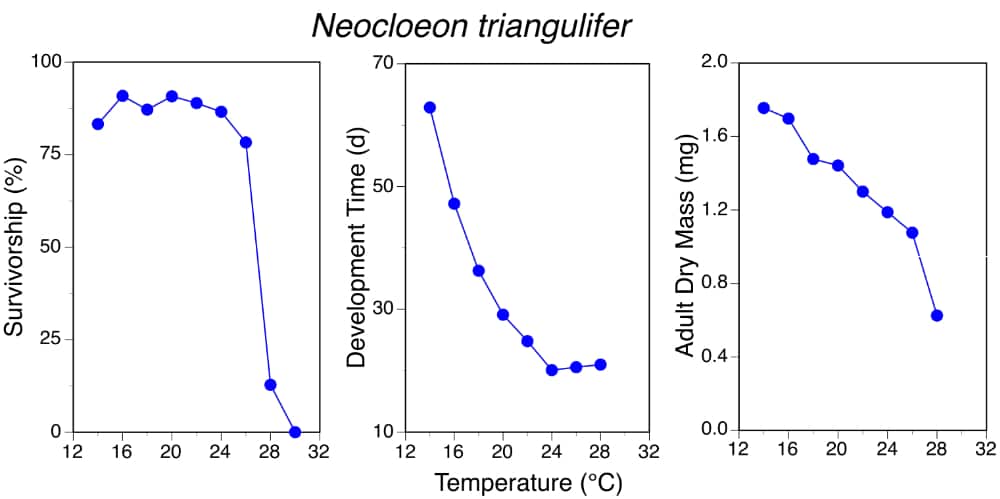
In addition to weather-related changes that affect stream temperature regimes, streams are getting warmer as a result of human activities, placing further pressure on the freshwater habitats of fish and other animals. Such activities include cutting down trees for farming and lumber, building dams that store and divert water and cities that generate and trap heat, and discharging warm wastewater and stormwater into streams.
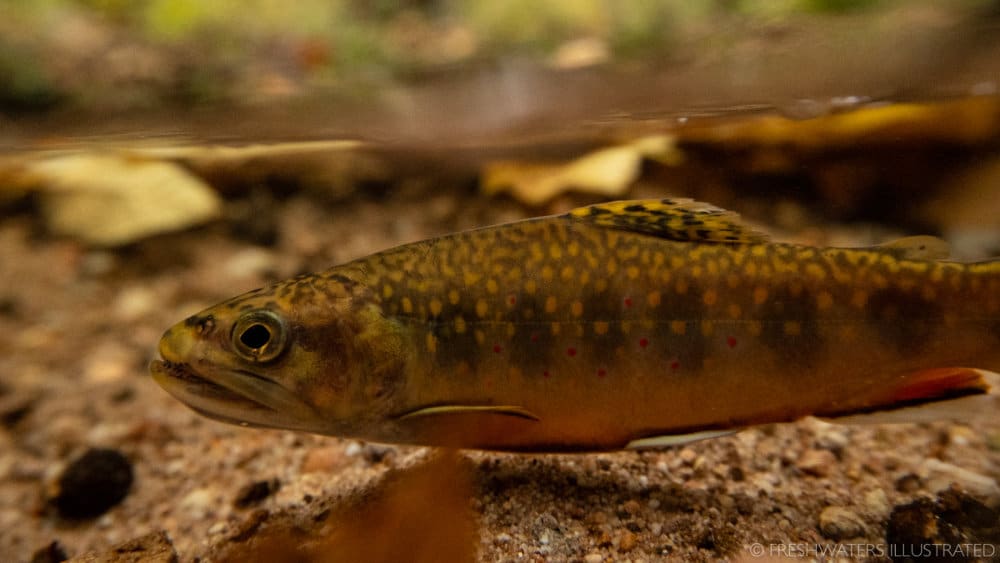
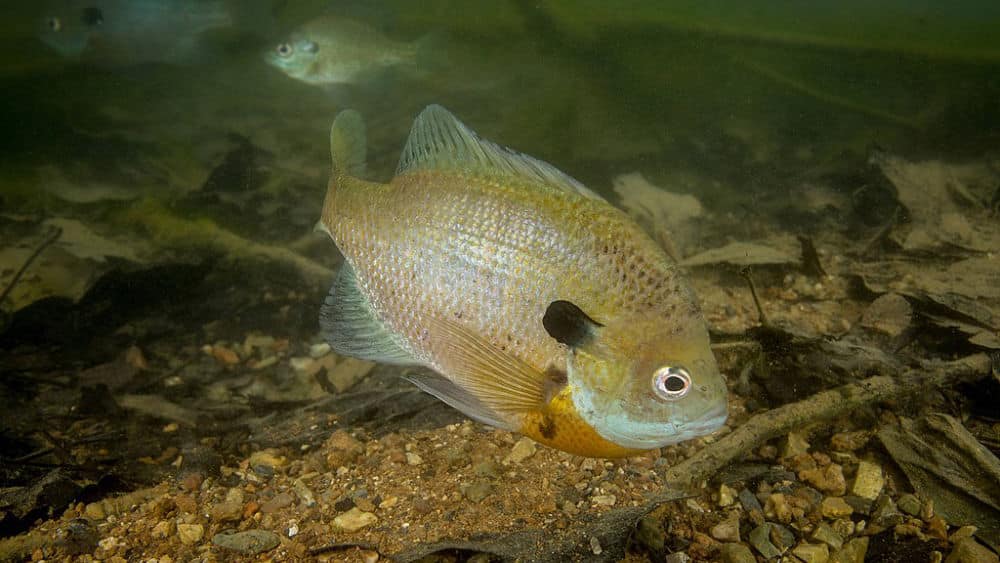
In other cases, we have created unnaturally cool environments, such as downstream of bottom-release reservoirs or in urban streams that have been paved over and buried beneath city streets.
Thermal Pollution
Our thermal pollution problems were relatively well known when the Clean Water Act was passed in 1972, and there were significant investments to reduce them in the 1970s and 1980s. Cooling towers were added to power plants, and water mixing towers were installed in reservoirs to blend warm water from a reservoir’s surface with cold water from the bottom. These efforts have addressed some, but not all, instances of thermal pollution. Sometimes funding or intrusive fix-its are the issue. Other times, it may be that the modified thermal regime supports a desired use, such as a coldwater fishery downstream of a reservoir where it was historically a warm-water fishery.
More recently, climate change has brought renewed attention to existing and possible future thermal pollution in both rural and urban areas. Now there is an additional focus on thermal effects, with standard practices being characterized as “coolers” or “heaters” based on their thermal impacts to streams.
Hundreds of years after deforestation, we are planting trees along streams and in neighborhoods to help reduce air and water temperatures. We are draining stormwater ponds faster to reduce warming. We are infiltrating more stormwater to recharge groundwater, better support stream baseflow, and reduce stream temperature.
Science-Informed Solutions
Our challenge is knowing how much to do and where, and this is where future research will focus. We need to know more about which species are thermally stressed now or will be in the future. What will happen to freshwater ecosystems if increased temperature drives some species to local or regional extinction? To answer this, we need new or additional research. To protect these ecosystems, we need to include temperature in discussions about how we plan to use our land and water.
Even now, we can make science-informed decisions based on what we already know. For example, a stream responds to its location and surroundings. Streamside vegetation, groundwater influences, human modifications to the watershed and waterway, and human uses of the water all impact stream health. A stream with an intact streamside forest is expected to be cooler in the summer and warmer in the winter than one without tree cover, so a stream that’s too warm in the summer may benefit from the planting of a streamside forest along its banks.
Protect the Waterways That Sustain Your Community
Discover what makes a stream healthy and consider small steps you can take that make a big difference. Join in and share what you’ve learned with others.

